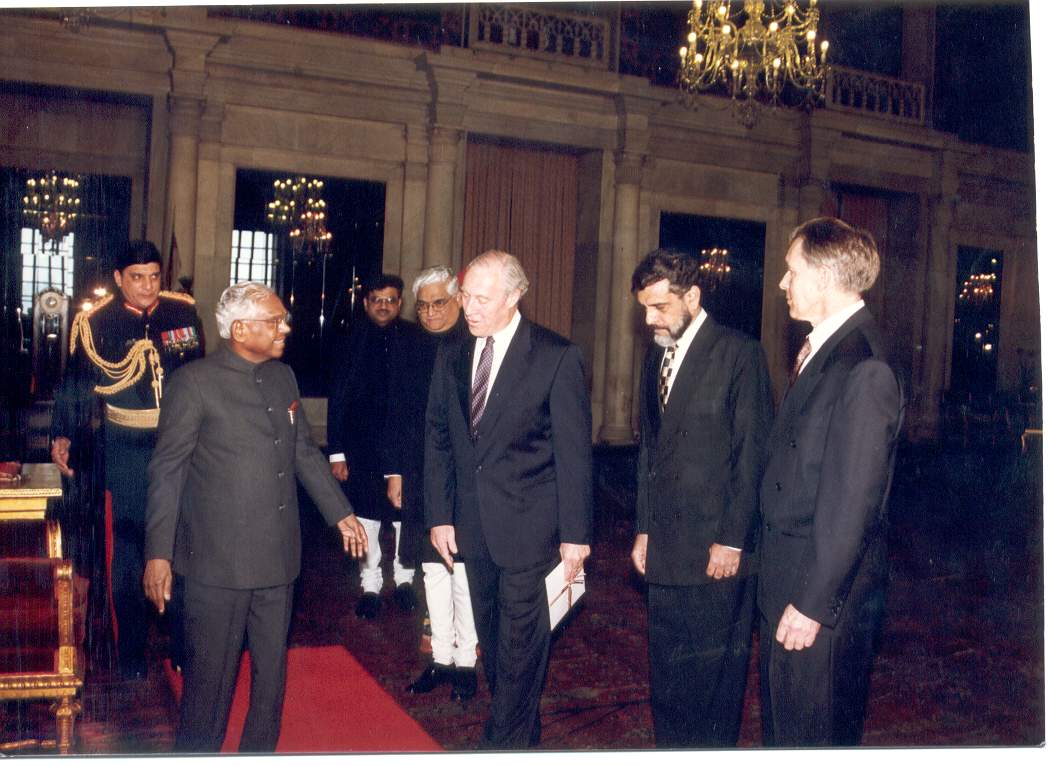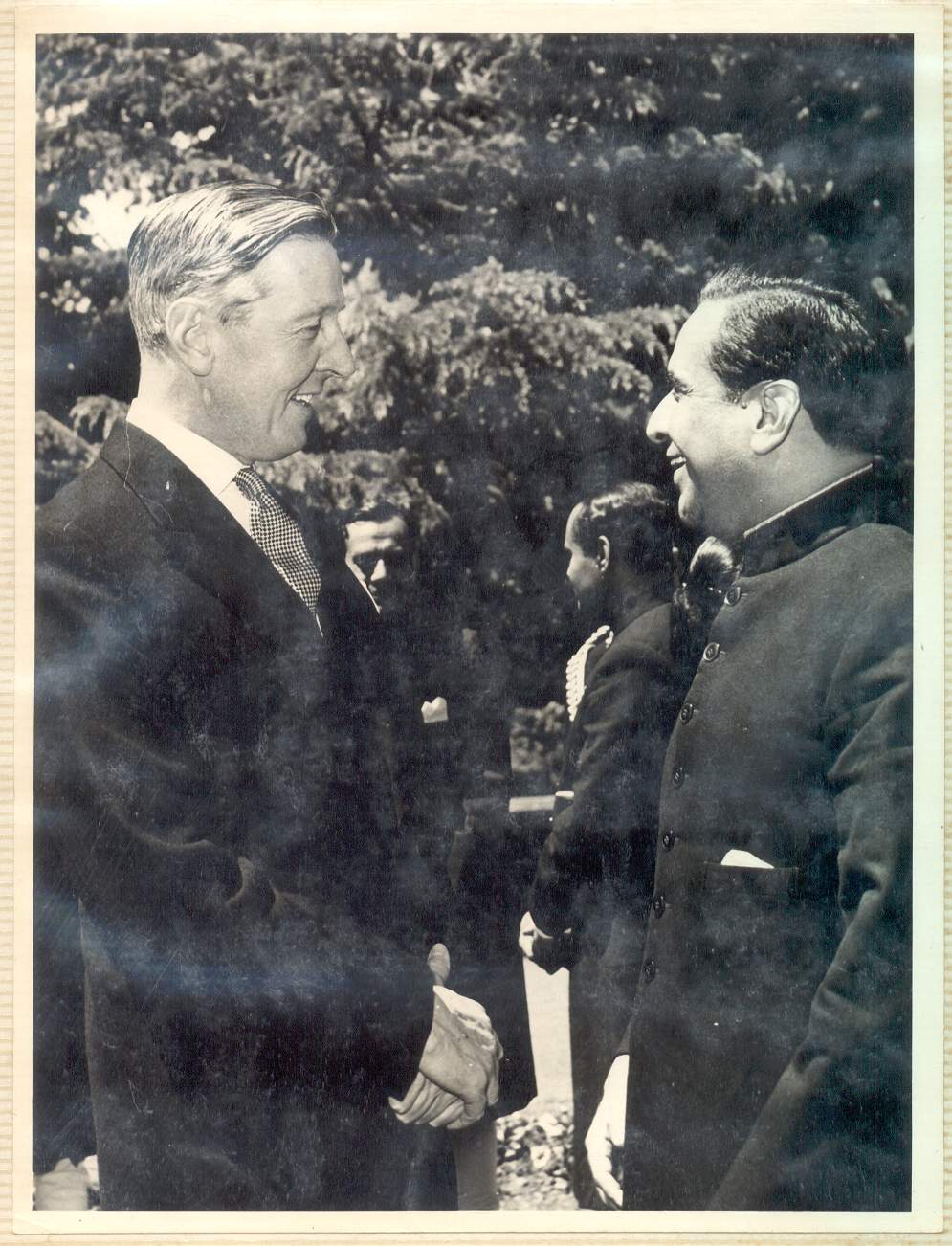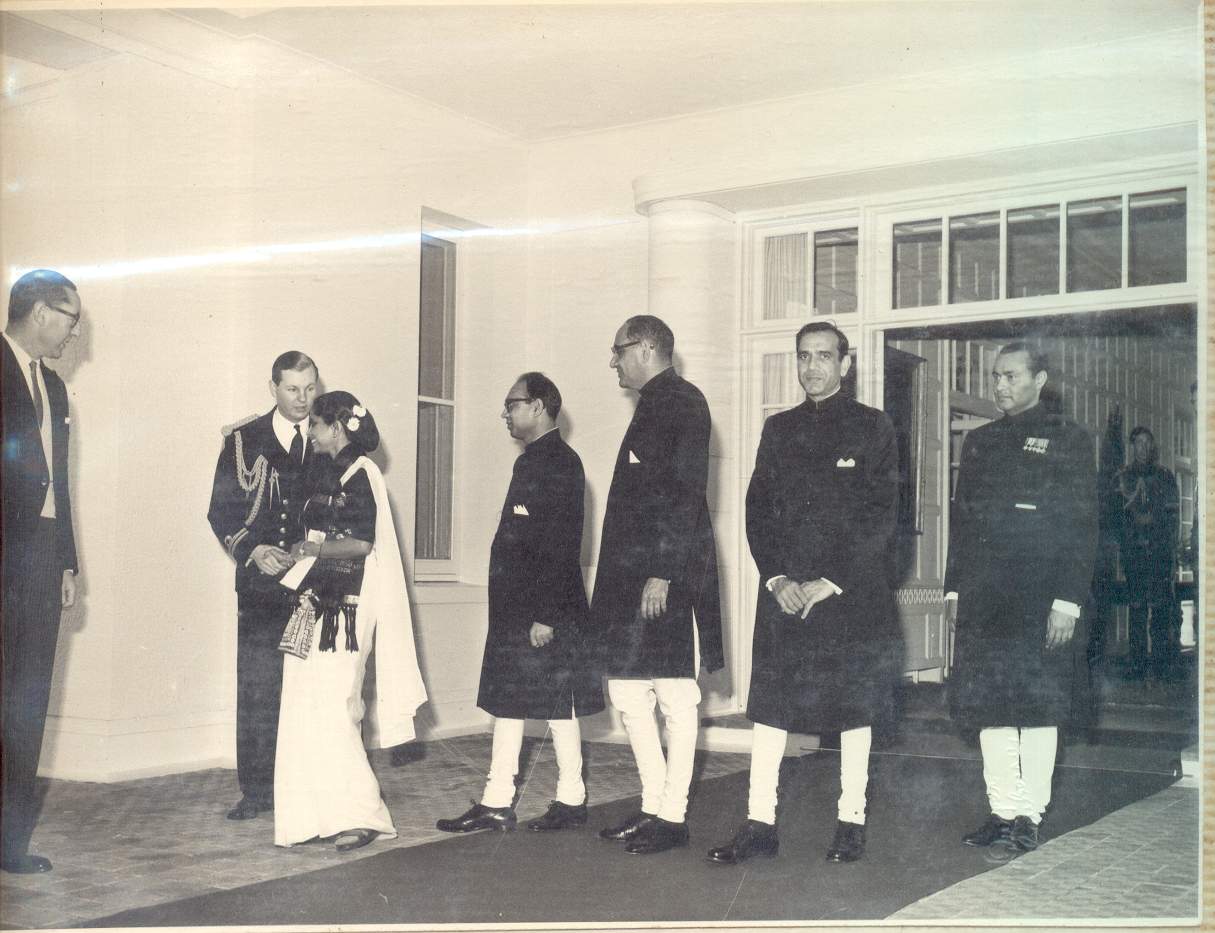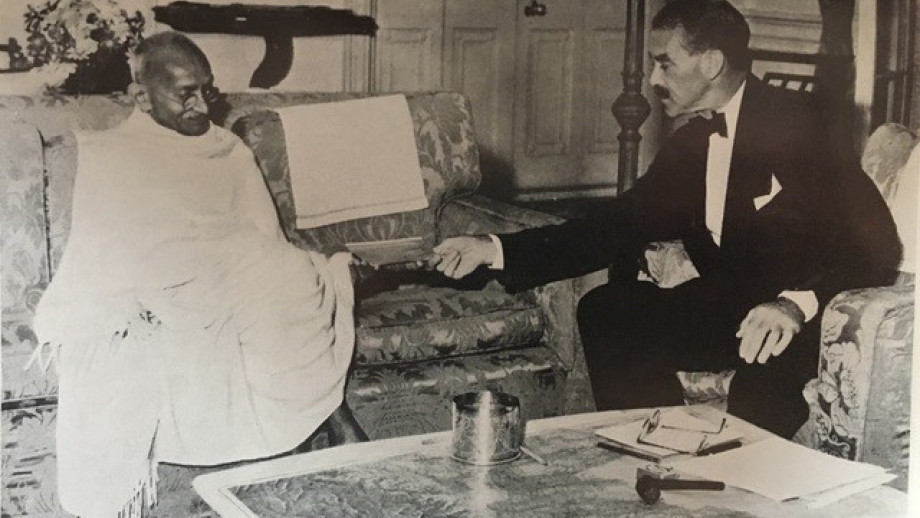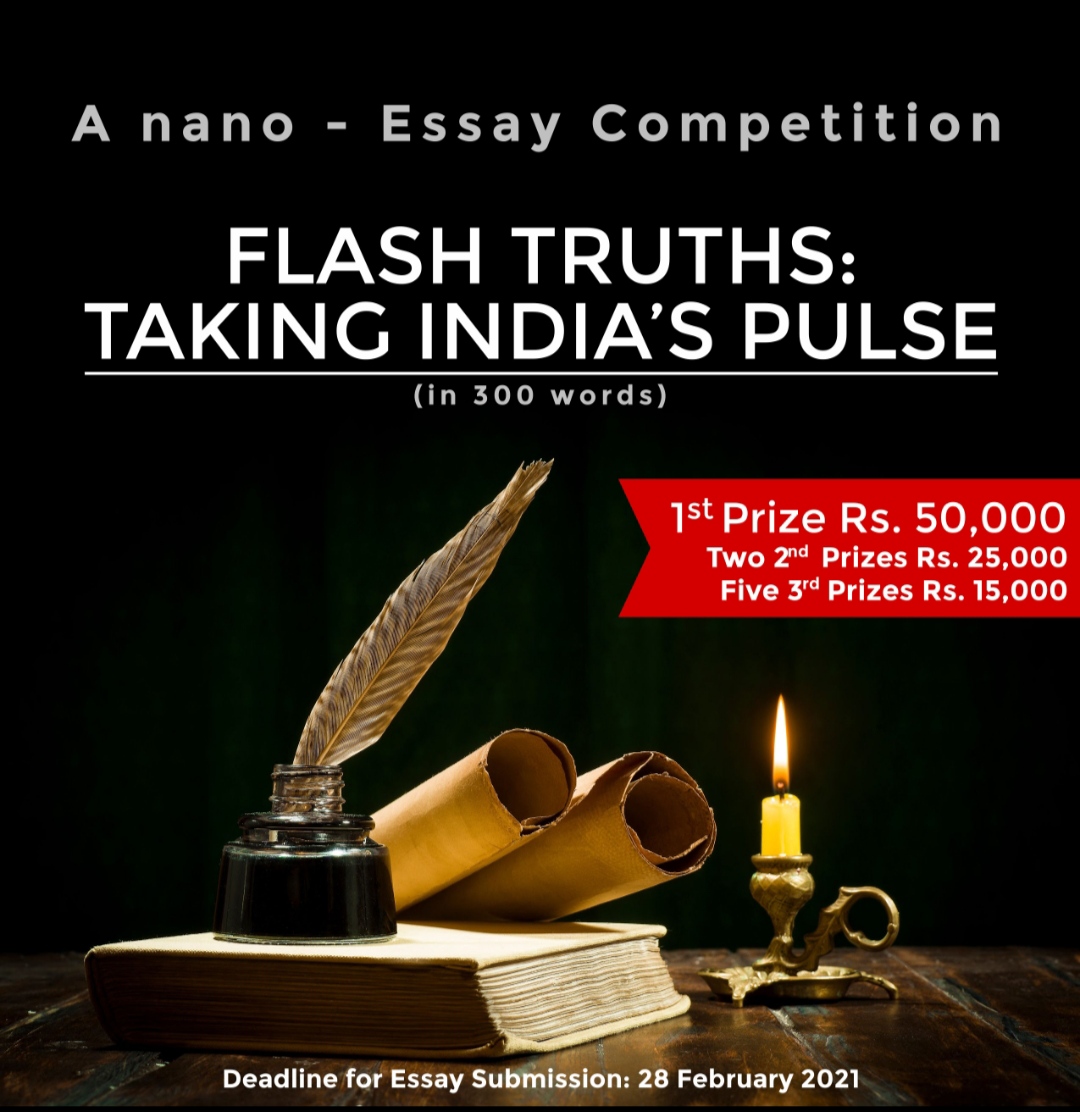By Rakesh Ahuja
1. My father was posted to the Indian High Commission in Canberra in 1961. K R Narayanan was then the Acting High Commissioner (Note1). In 1963, the new Indian High Commissioner presented his Credentials to (William Sidney, 1st Viscount) Lord De L’Isle. The setting was the Governor General’s Residence, Government House, Canberra. Three photographs of that occasion, figuring my father, survive.
2. I was appointed Deputy High Commissioner to the Australian High Commission in New Delhi in 1994. The High Commissioner was Darren Gribble. Rob Laurie replaced him in 1997. I accompanied Rob for the presentation of his Credentials to the Indian President K R Narayanan (with STC Colin Hook). The setting was the Durbar (State) Hall, Rashtrapati Bhavan in New Delhi. Four of the several photographs of the ceremony are attached.
3. Incidentally, Richard Casey, former Governor of Bengal, succeeded De L’Isle as Governor-General in 1965 (see image above and Notes 3&;4 below). His ascension heralded the end of non-Australian G-Gs.
NB1: K R Narayanan
4. Narayanan was the first Dalit – lowest social castes – President of India (1997-2002). Scholarshipped by the TATAs for study at the LSE in 1942, Harold Laski and other Dons subsequently recommended him to Nehru for the newly established Indian Foreign Service (IFS). Nehru later anointed him as India’s “best diplomat”. Narayanan’s postings included China (Ambassador) and several SEA countries. He was Acting High Commissioner to Australia 1960-61. (The genesis of that pointed ‘downgrading’ of the HC position and using a ‘star’ diplomat to do so reflected the Menzies/Nehru personal and political schism, indeed antagonism, going back to the 1956 Suez crisis.)
5. On a personal note, in the brief overlap of our presence in Canberra, Narayanan was generous enough to indulge my (teenish) budding interest in international affairs, strongly urging me to study towards joining the IFS (Note2). Notably, he vigorously countered my starry-eyed idealistic paeans of praise for Marxism and the Soviet Union (which might or might not have inclined me to become a Chartered Accountant instead!).
6. I next met him when we hosted his visit to Australia in 1994 – he reincarnated as the Vice-President of India, and I the Director of the India and South Asia Section in the Department of Foreign Affairs and Trade (DFAT). Subsequently, our professional and private contacts continued during and after my posting in India.
NB2: Kudos to Australia
7. I joined the Australian Foreign Service instead. The appointment in 2016 of Harinder Siddhu as the Australian High Commissioner to India prompted me to write an article on Indian-origin diplomats in India. My point was that the Australian Foreign Service was the first in the Anglosphere diplomatic services to break the mould by appointing a native at a senior level back in the country of birth. Americans and Europeans only followed around a decade later. Link (Business Standard): https://bit.ly/3biVWWD
NB3: Richard Casey, “An Australian in India“
8. Casey was appointed Governor of the then crisis-ridden (devastating famine, widespread disease, Japanese threat) Bengal Province in 1944. The appointment of a colonial (from White Australia, no less) to another colony was controversial. But over two years, he disarmed most opposition with his pragmatic and even-handed administration (notably, the launch of a major drive to inoculate some 65mn inhabitants of the state against cholera and smallpox). Even more, it is little known that by breaching imperial protocol, Casey played a significant role in the lead-up to the negotiations between London and Indian nationalists on the transfer of power. Casey judiciously played his Australian colonial (as opposed to G-G Wavell’s imperialist) credentials, presenting himself as an engaged and empathetic intermediary. Gandhi favoured Casey over Wavell. They had a series of meetings in 1945-46. Understandably, in post-war Liberal Party politics dominated by his arch-rival Menzies and the Cold War dominated by ideological wars, particularly Nehru’s Socialist and Non-alignment policies, Casey materially understated his Indian chapter. That partly explains why we know so little on our side of the fence about his ‘extra-curricular’ political doings during his Governorship of Bengal.
NB4: A Mea-maxiCulpa
9. In 1994, Foreign Minister Gareth Evans and Foreign Secretary Costello gave the (wholesale) change of guard at the Australian High Commission in New Delhi a charter to “reengage India on a clean slate” to take Australia-India relations to a substantively new level. Developments 25 years later suggest that a reasonably sound start must have been made at the time. However, one regret: We made no use of the Casey/Gandhi episode. It had provided a readymade narrative for seeding the new beginning, particularly in West Bengal which in the 90s presented major commercial opportunities. But I was just not aware of it. I naturally blame the colonized Indian mindset which spawned tonnes of tomes on Indian independence and Gandhi but made no mention of Casey’s doings – a measure perhaps of the belief that he was only an Imperial lapdog and of ignorance of changing (postwar) Australian political and cultural ethos. PS: For his part, Casey observed that his experience had “…enabled me to get the myth of racial superiority out of my system.”

